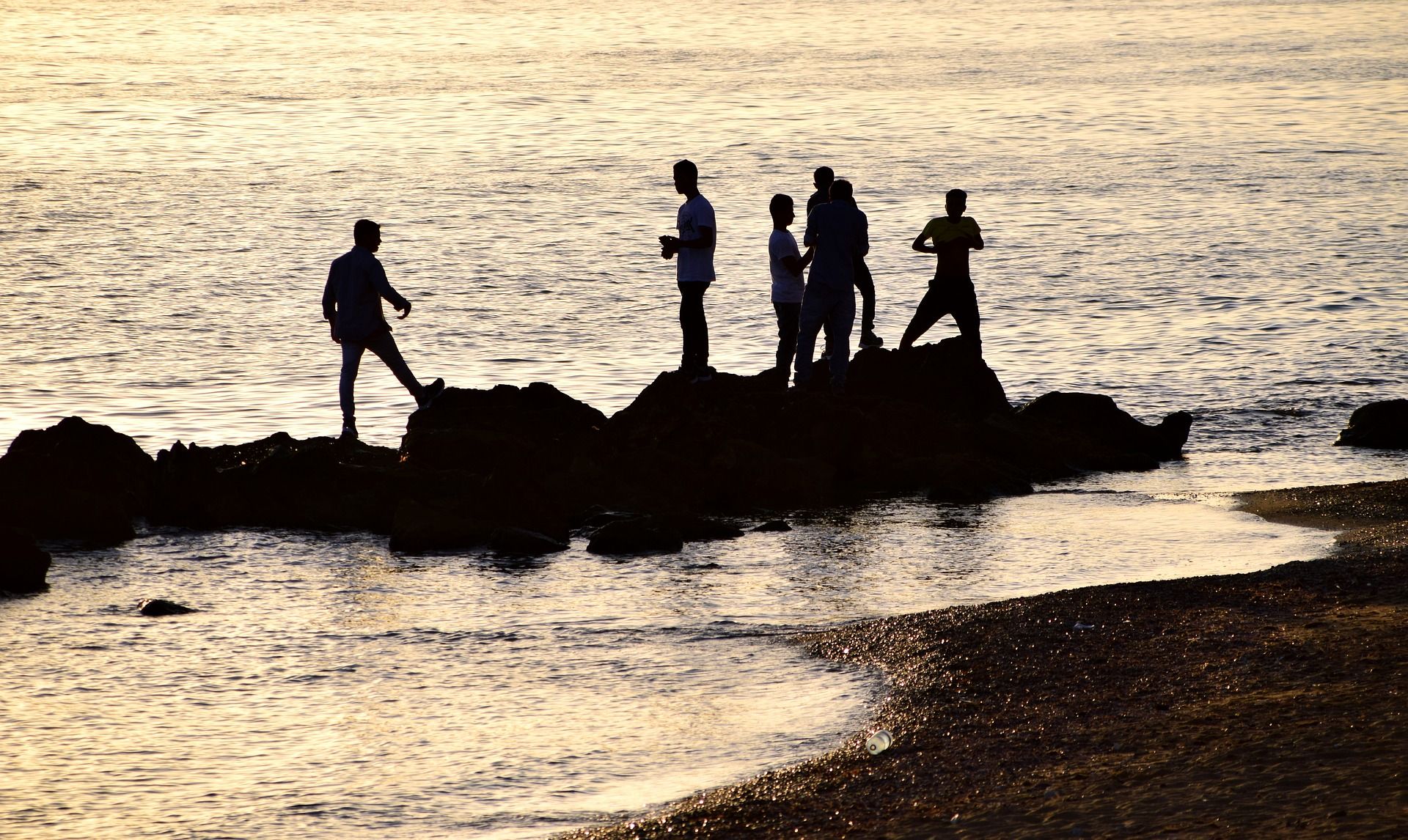Growing up in Hawaii, I was fortunate to have a plethora of island fruits to nibble on. Guavas, mountain apples and liliko’i sustained my sisters and I as we played in the mountains by our house, and almost every yard had apple banana, lychee, orange and tangerine trees.
Mango art at its finest. This is THE best way to eat a ripened mango.
But my favorite of nature’s candy is that orange, sticky, sweet oval of deliciousness – the mango. I remember neighbors bringing by grocery bags full of mangoes, which my grandma and I would promptly gorge ourselves on (she’s a big mango fan, too). We’d end up laughing at the kitchen sink, sucking the juice from our fingers and smacking our lips, taking one more nibble from the seed to get that last bit of delicious flesh. To me, mango season is not only a time to celebrate the reemergence of one of my favorite fruits but a reliving of my carefree childhood.
Captain John Meek is the first documented person to bring mangoes to Hawaii. In 1824, he brought a few tiny mango seedlings onto his ship from Manila, Philippines. They must have been a hit because more and more mangoes kept coming and were planted everywhere.
This tree is locked and loaded for mango lovers to enjoy.
Almost 200 years later, mangoes are still one of the most popular fruits in Hawaii. Drive through any neighborhood on O’ahu, and you’ll see at least a dozen mango trees growing in front and backyards. You may even witness some of the creative ways that locals pick mangos. There are dozens of mango varieties in Hawaii, originating from India, the Philippines, Mexico and other parts of the world. The Haden mango, which originated in Florida, is the most widely planted mango variety in the islands. Other varieties such as the Pirie, Manzanillo and Ah Ping are also popular.
Mangoes are in season from March until November. If you happen to be visiting during this time, be sure to pick some up from the local farmers market or grocery store. You can even do a taste test of different varieties to see which one you like the best! As it is illegal to transport mangoes from Hawaii to the continental U.S., you can still bring them home to share with family and friends in the form of pickled mangoes, dried mangoes and li hing mui covered mango strips. Buon Apetit!
Source: Some Fruits of Hawaii: Their Composition, Nutritive Value and Use in Tested Recipes By Carey D. Miller, Katherine Bazore and Ruth C. Robbins




